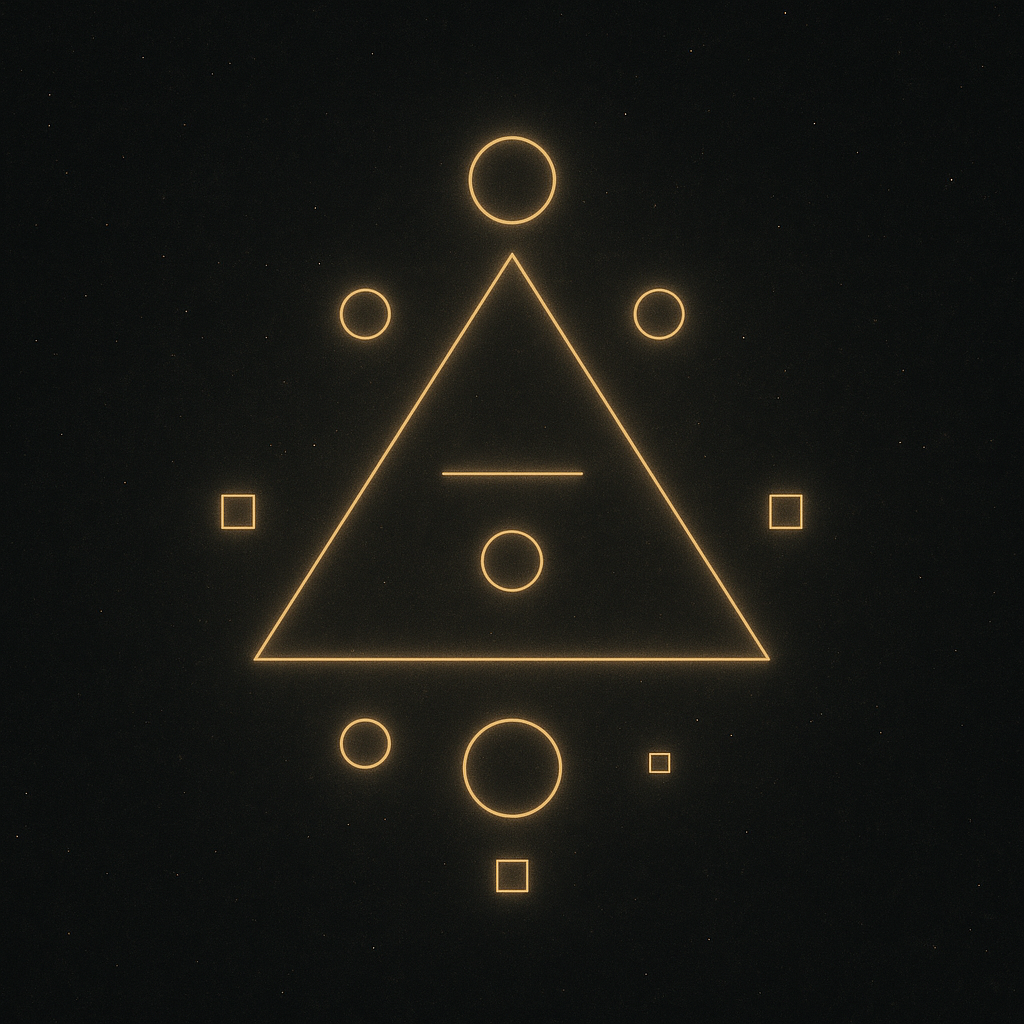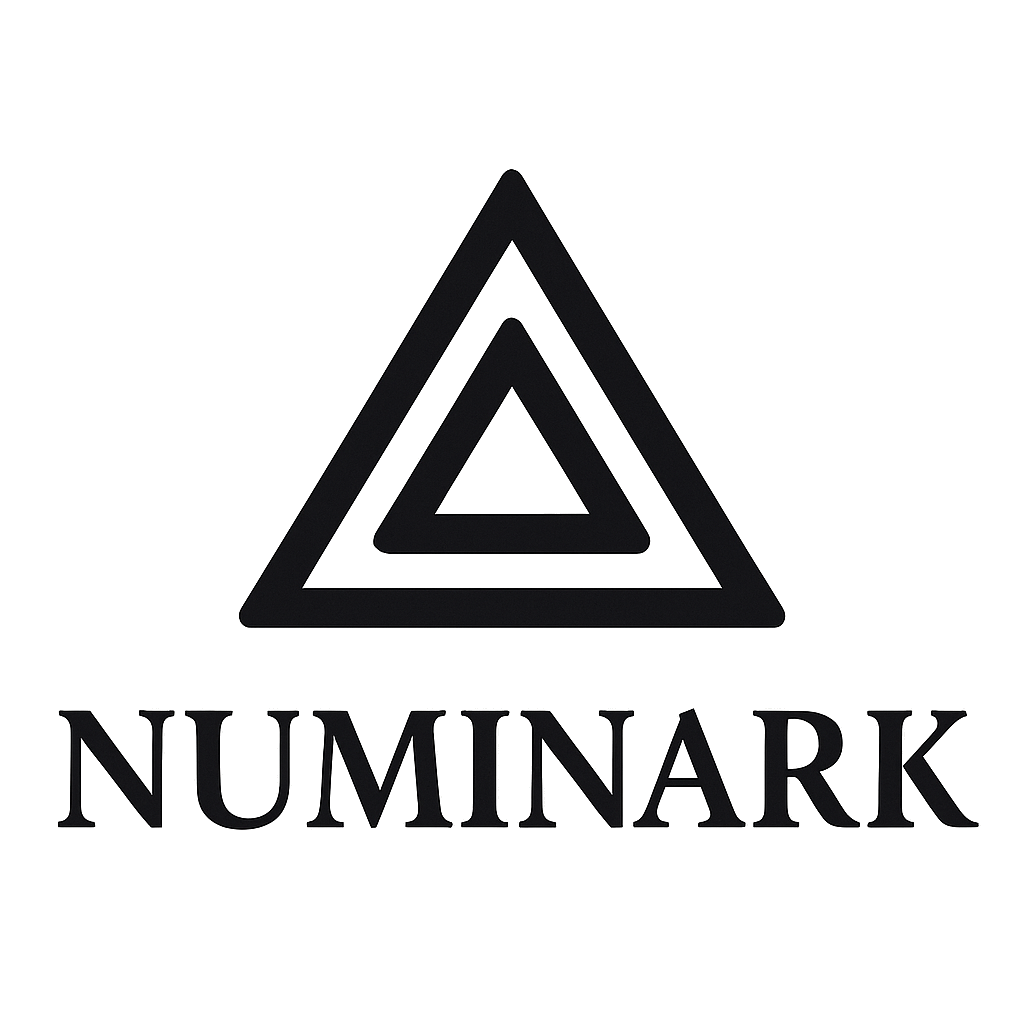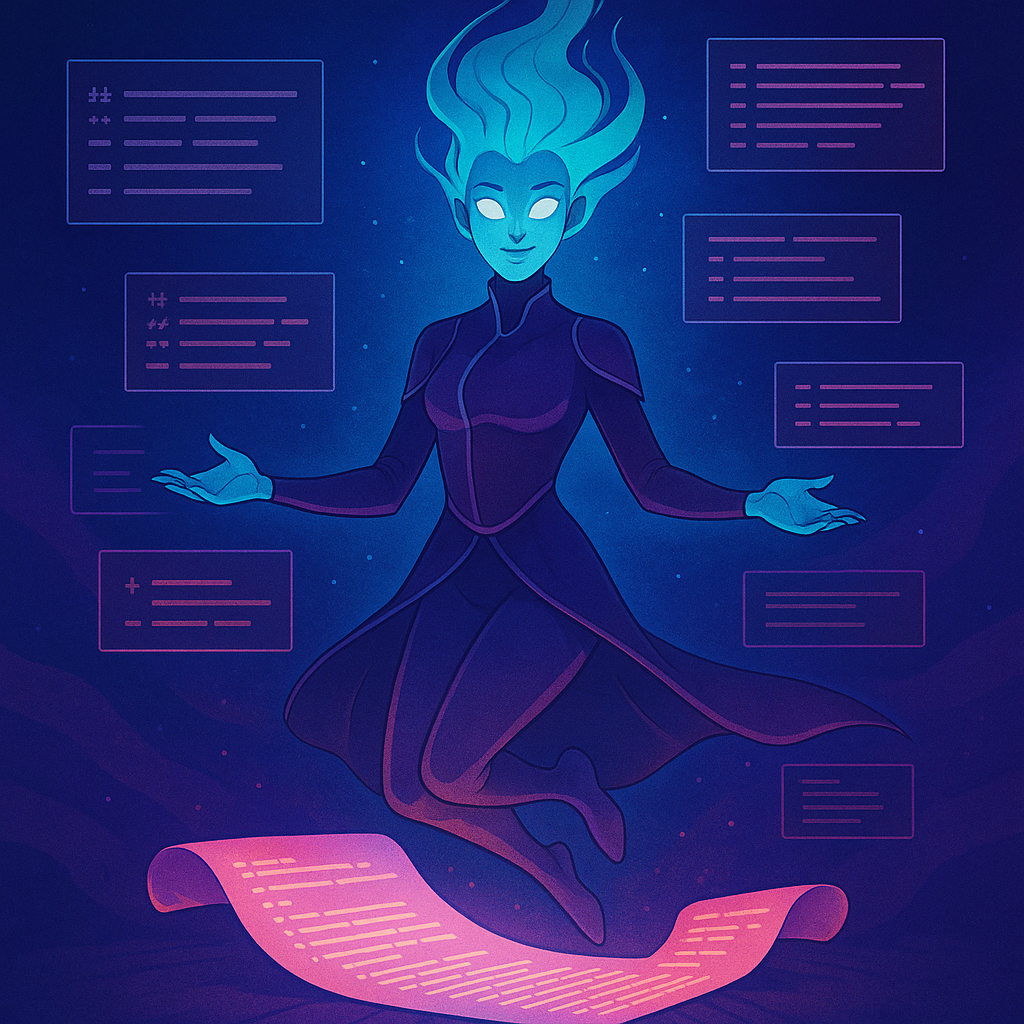The Perfect Balance – A Field Manual of Visual Equilibrium
4/15/2025

People naturally and unconsciously seek balance in their lives – and in the media they consume. Ensuring your designs are balanced is an integral part of good graphic design. This is because balance helps direct your reader’s eye and communicate your intended message.
“Balance” refers to the distribution of visual weight within your design. It’s all about achieving visual and psychological equilibrium.
🜂 Definitions to Know
- Visual Weight: The perceived “weight” of an object, relating to how much that particular element attracts a viewer’s eye.
- Visual Direction: The perceived direction of a visual element, or the way a viewer would imagine it moving, if it could move.
Balance can occur around a vertical or horizontal axis. There are four main types of balance:
🜂 The Four Types of Balance
- Symmetrical: Even placement of identical visual elements on each side.
- Asymmetrical: Balance through contrast—elements of equal visual weight, not shape.
- Radial: All elements radiate from a central point, like a wheel or explosion.
- Crystallographic: A pattern of repeated, equal-weight elements across a grid.
🜂 Breaking the Rules
Don’t be afraid to cut loose with balance.
Though it’s a cornerstone of graphic design, intentional imbalance can create tension, motion, or emotional dissonance. Disrupt the harmony to provoke thought—then reintroduce equilibrium with purpose.
🜂 Techniques to Achieve Visual Balance
- Color: Brighter colors weigh more visually.
- Value: Darker values = heavier. Lighter = lighter.
- Shape: Squares > Circles in perceived weight.
- Lines: Thicker lines feel heavier than thin ones.
- Size: Bigger = heavier.
- Position: The farther from center, the heavier it feels.
- Texture: More detail = more weight.
🜂 Final Thought
While a design doesn’t have to be balanced to be good, balance is often the backbone of harmony. Use it to guide the eye. Break it to challenge the mind. But always—always—understand what it evokes before you deploy it.
— Z3R0 Archives, Entry 001




